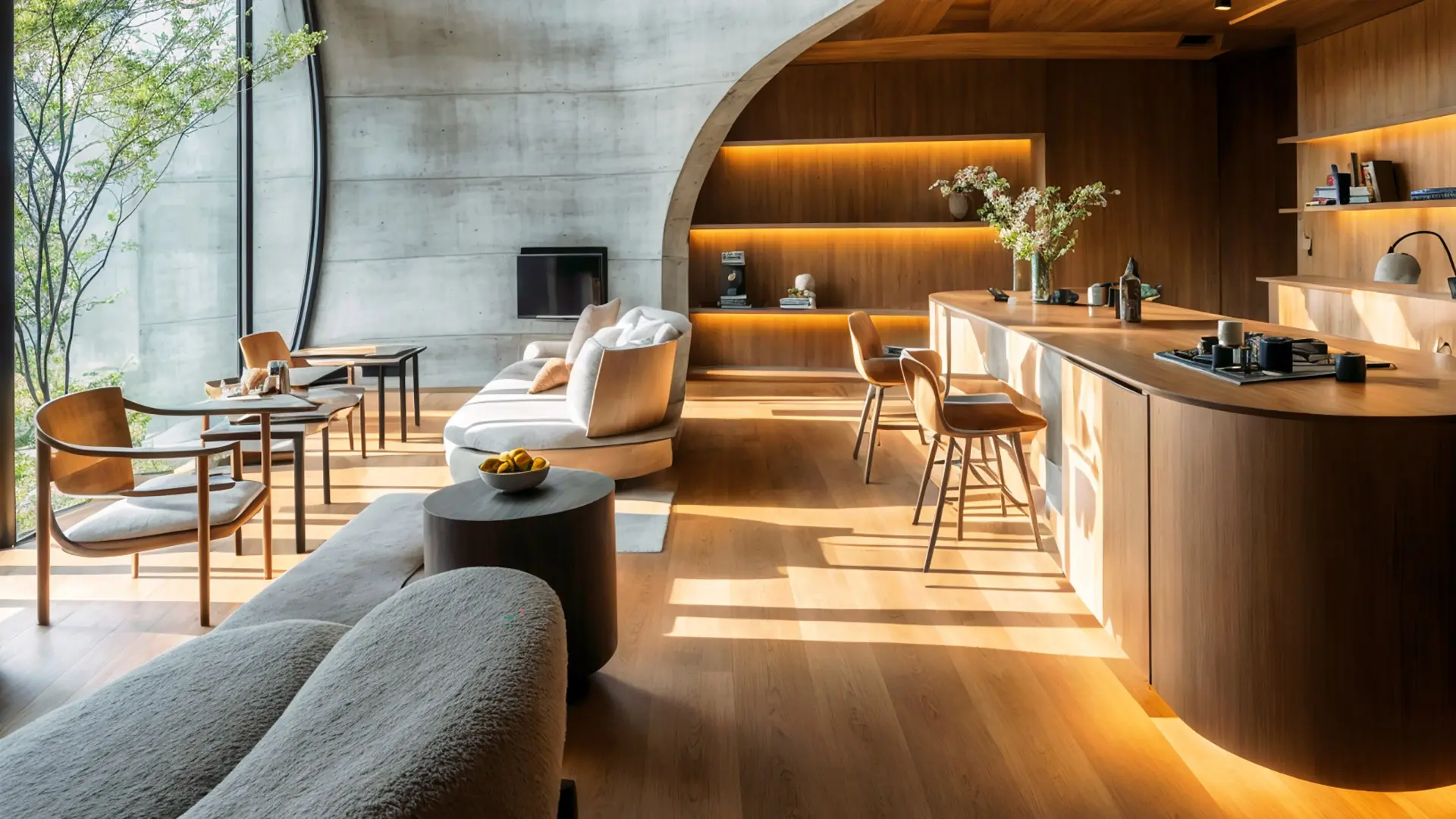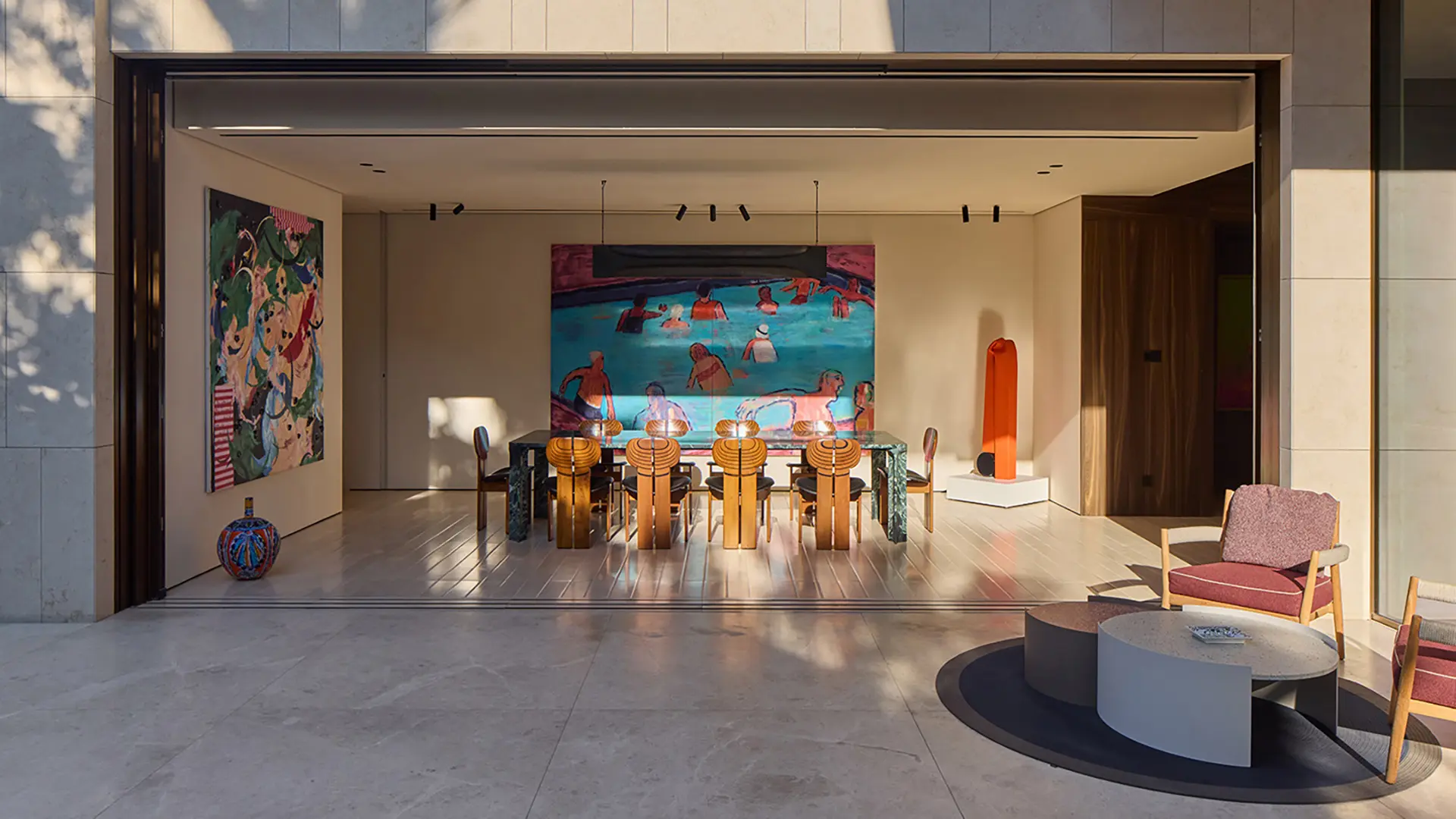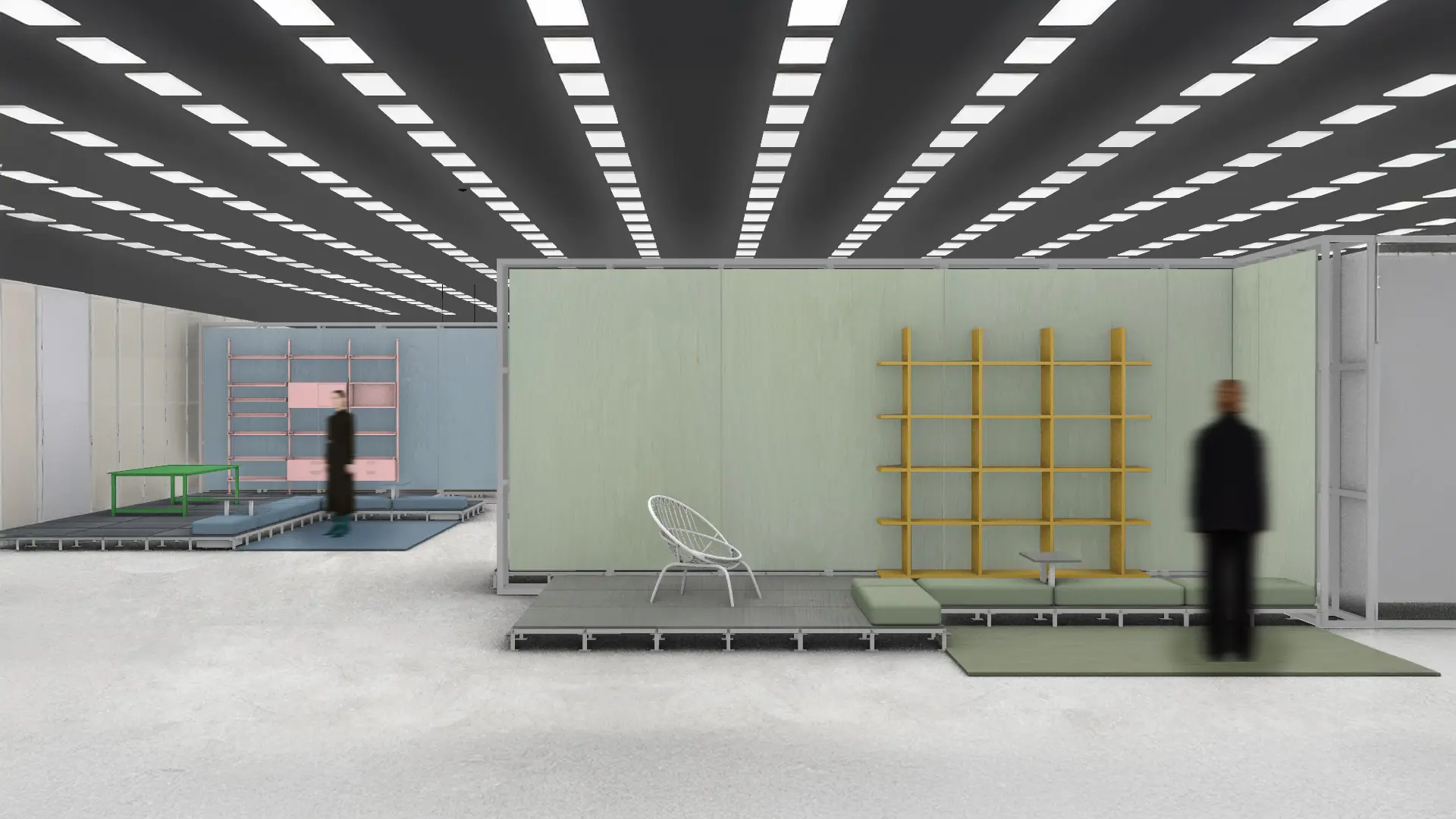Smart and sustainable purchases: how to make the most of the appliance bonus and how to apply. Requirements, amounts and limits to be aware of
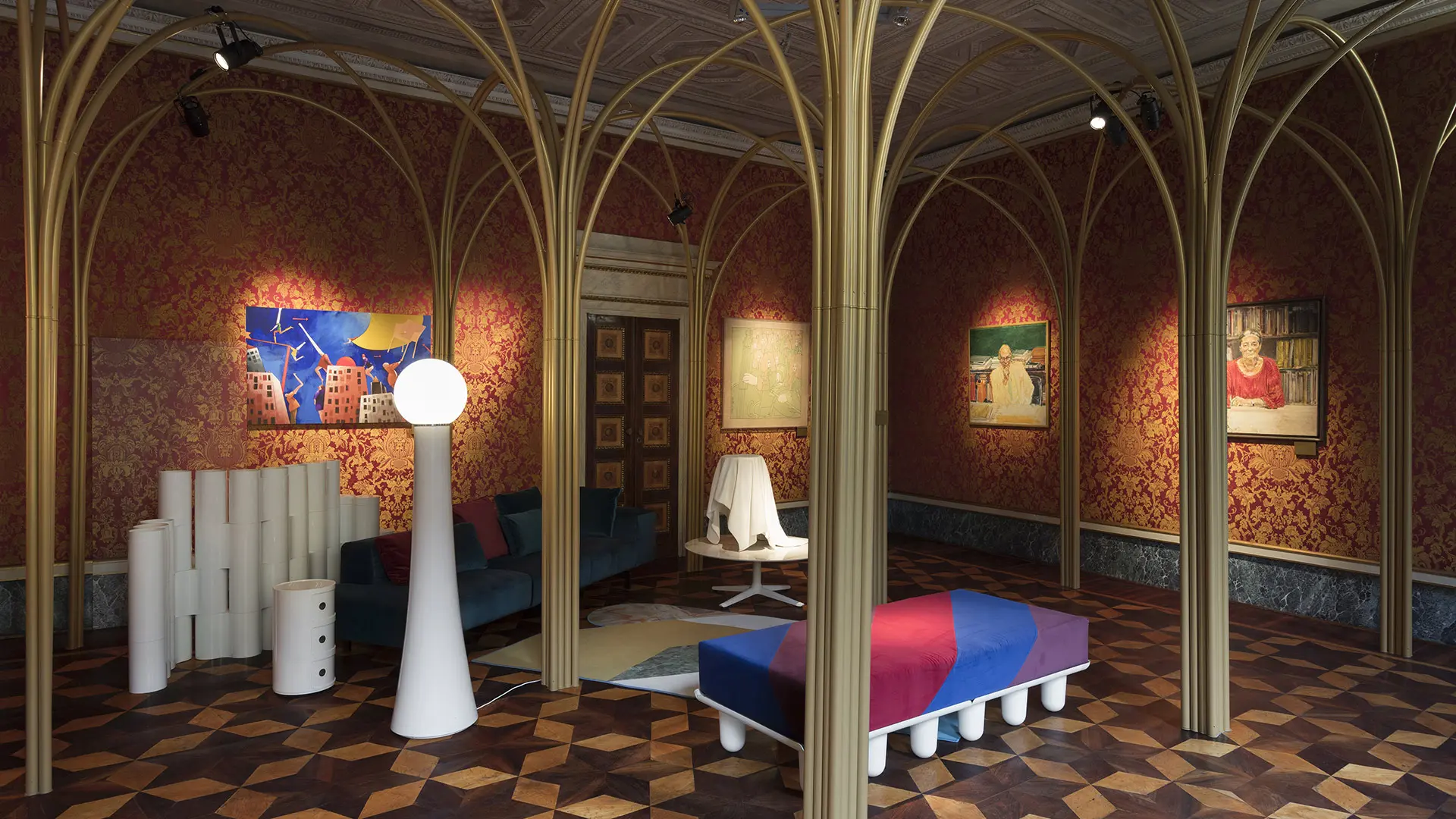
As a boy, his dream was to become an Egyptologist, but today he finds himself as an art director, designer and talent curator. His products are amongst the most successful in collections by Kartell, Foscarini, Dada–Molteni, Moroso, Lema, Poltrona Frau, Laufen, Londonart, Citco, Driade (to name but a few).
"When I design I’m always pretty instinctive. A place, a journey, an object that intrigues me can make me see things from another perspective." This statement seems to already sum up the creative poetics of architect and designer Ferruccio Laviani, born in Cremona in 1960. After years in the trade, the thing that fascinates him most about his work – something that still excites him today! – is imagining an object and then being able to materially create it. With a talent for different categories of products (from living room furniture to lighting systems) and an enviable list of clients founded on mutual respect and trust (including Kartell, with whom he began working as an art director in 1991, or Molteni, for whom he has designed iconic kitchens), Laviani manages to dream up new directions for his creations, while the leap from small scale to large scale in no way intimidates him. We met up with him to hear what he has to say.

It wasn't really planned, it just sort of happened. Sometimes I think I sound like a broken record when I tell people I enrolled in the violin-making school in Cremona, but without much success. I managed to avoid losing the credits I had accumulated by moving to the furniture design section of the same institute, thus obtaining my high school diploma. Architecture was also an unintended choice, as I dreamt of becoming an Egyptologist. But my family had other plans for me... so I ended up at the Milan Polytechnic.
My "discovery" of design is somewhat reminiscent of my previous experiences; after graduating in architecture quite quickly, while waiting to present my dissertation, a friend told me about a private design school, and I decided to enrol, infatuated by the influence of the Memphis and Alchimia Studios and the Postmodernism movement that was emerging, as well as meeting people such as Alessandro Mendini and Jannis Kounellis, who had been invited to talk at Corrado Levi's composition course. My father told me in no uncertain terms that it was the last time he intended to make any financial investment in me, but I'd say I've repaid his effort over the years. Since I was a keen student and good at drawing and design, I caught the eye of Bruno Scagliola, a professor and one-time employee of Ettore Sottsass at Olivetti; he decided to introduce me to Michele de Lucchi, who had just opened his own studio, and that was where it all began. It was 1984, and I was 23 years old.
It's absolutely random, and the same could be said for me in my personal life; I am attracted by everything and nothing, I find inspiration in everything and nothing. I don't have a fixed approach to my projects, ideas burst forth from everywhere, but, if I really have to identify a specific source, I’d say that I'm usually more intrigued by graphic art than by design work. But it's still a instinct that I can't give a rational or philosophical meaning to. Let's say it's certainly more of an intuitive approach than a reasoned one, more from the gut than from the head.
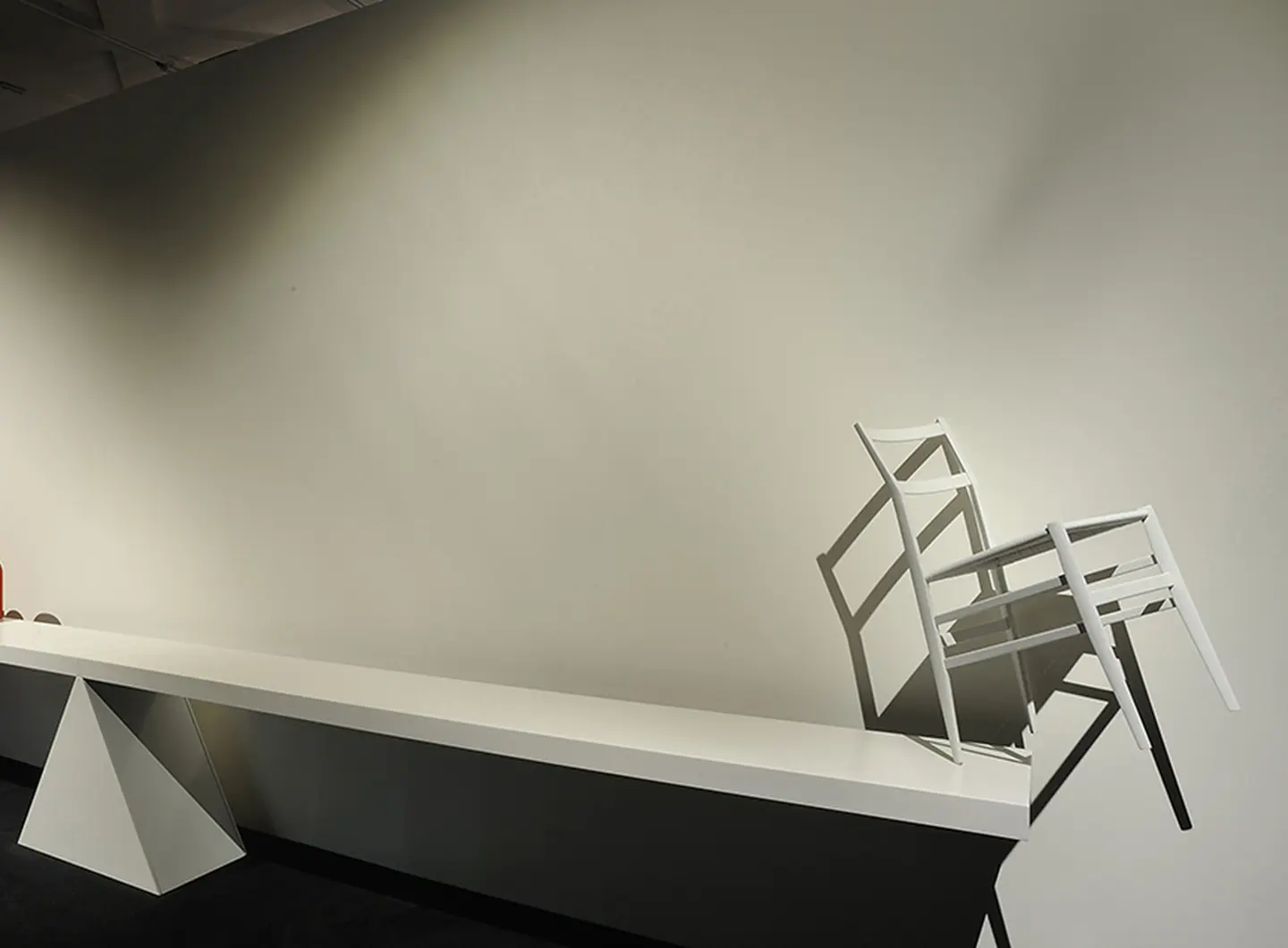
First and foremost, it has to be stoke my curiosity. It has to be a project that makes me use my head and not one where my creativity just becomes a stencil, something to endorse the collection. I don't care if the company is big or small, famous or not, what counts for me is that there's a thirst to create something new, to break the mould and experiment. But I want to be hones with you: there has to be financial payback in it for me, obviously in proportion to the given company's possibilities, not because of my "demanding" attitude, but because I think it is only fair and respectful both towards my work and the people who work for me.
Ah, you'd need an encyclopaedia to mention them all, everybody is significant in one way or another. I believe that a project is not necessarily only a finished product, but it's also someone's way of being, it reflects a vision, conveys an attitude. But I would like to mention a few names such as Castiglioni, Sottsass, Mendini, Magistretti, Colombo, Ponti, De Lucchi, Branzi, the Eames, Loewy, Royère, Mattegot, Chareau, Frank, Zanine, Niemeyer, but also Citterio, Dordoni, Urquiola, Morrison, Bouroullec, Dixon, Ilse Crawford and others. But now I have to mention Milton Glaser, Calder, Hockney, Bacon, Matt Mullican, Van der Rhoe, Nouvelle, Le Corbusier, Shigeru Ban, Sanaa. And then Joni Mitchell, Pharrell, Prince, Stereolab, Hitchcock, DiCaprio, Pentagram, the Clash, Ridley Scott, Björk, Chaka Khan, Irving Penn, Sophie Calle, Isaac Asimov, Jean Paul Goude, Martin Parr, Iris Van Herpen, Antonio Lopez, Halston. I think the complete list would stretch to at least a hundred names!

I’m working on a major architectural project, an interior of 3000 square metres in the centre of Bologna and a renovation overlooking the Castello Sforzesco in Milan. I have just finished the new catalogue for Kartell, for which many products are in the pipeline, in particular an innovative table lamp in terms of concept and materials. Then a new ceiling light fitting for Foscarini, a collection of furniture that I can't wait to launch, as the company is a start-up, some stand proposals for the Salone del Mobile in September and Cersaie, a re-shape of the Hennessy Paradis Cognac bottle (which I designed in 2009), a fashion showroom, shops around the world, window display proposals; in short, let's say there are lots of sheets of paper on the table!
My only dream (apart from a holiday in Greece as soon as possible) is to write a book about my family, because I would like to get down in black and white a series of events, people and coincidences that have somehow shaped me and made me what I am today. It’s something I’d like to do for myself, besides the fact that it would be a unique journey, quite extraordinary in some way.


 Stories
Stories




